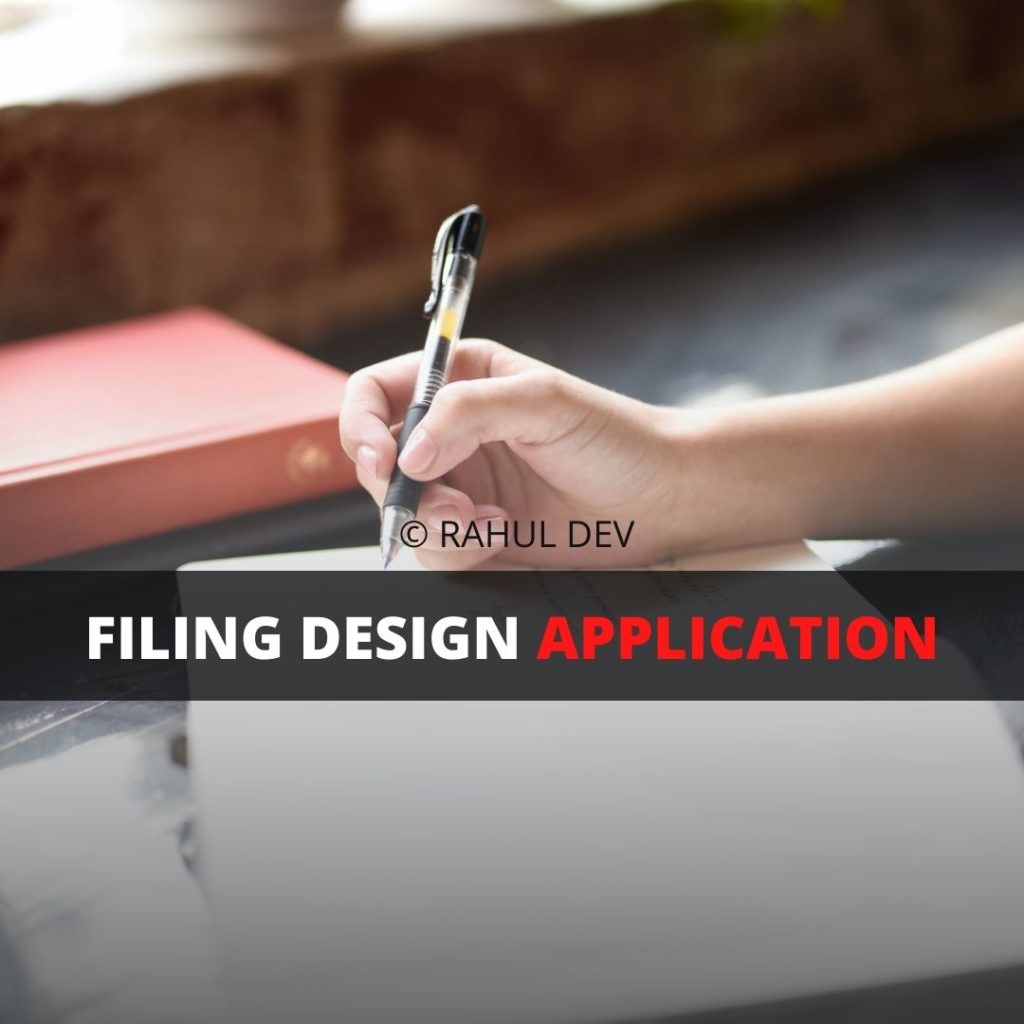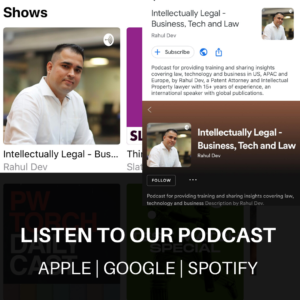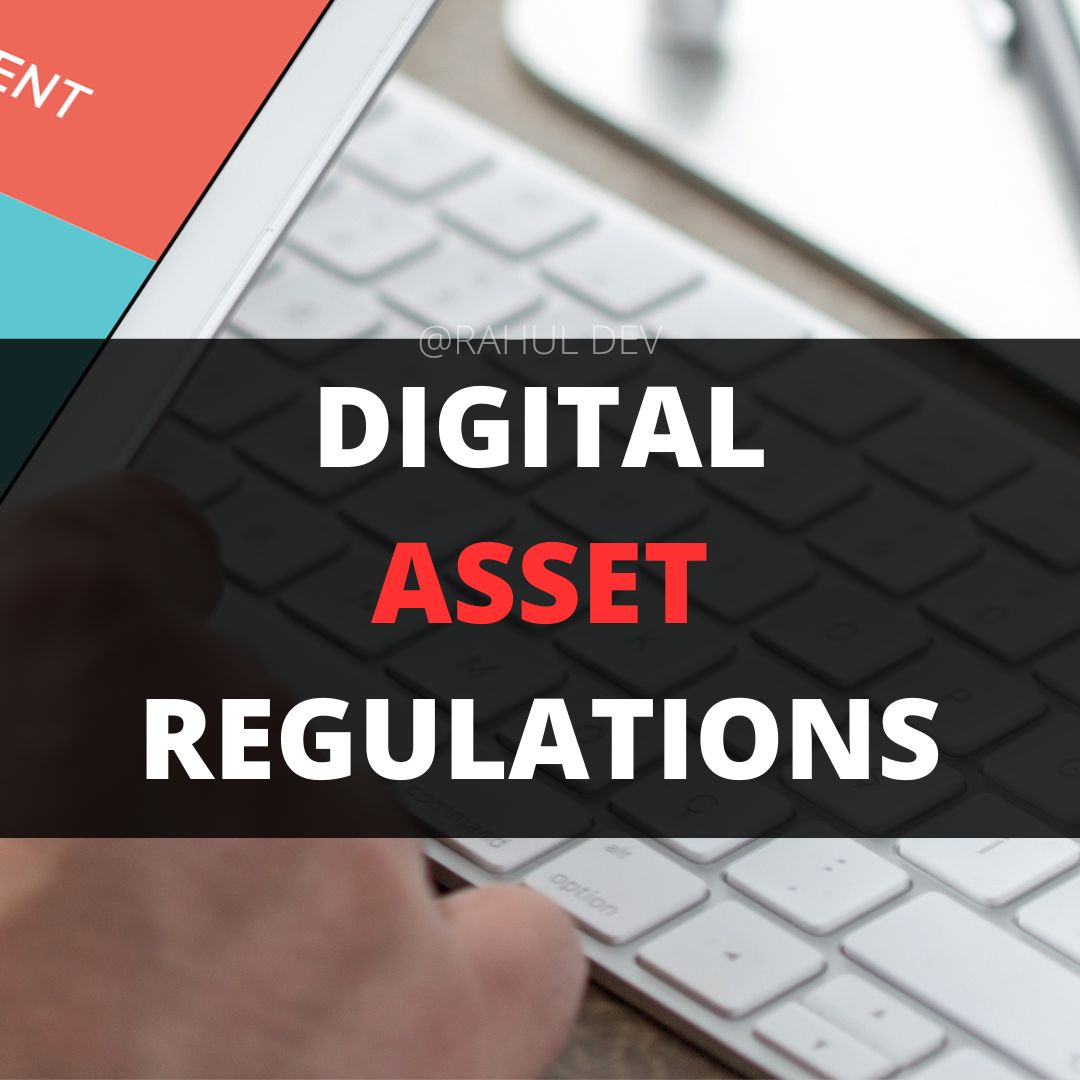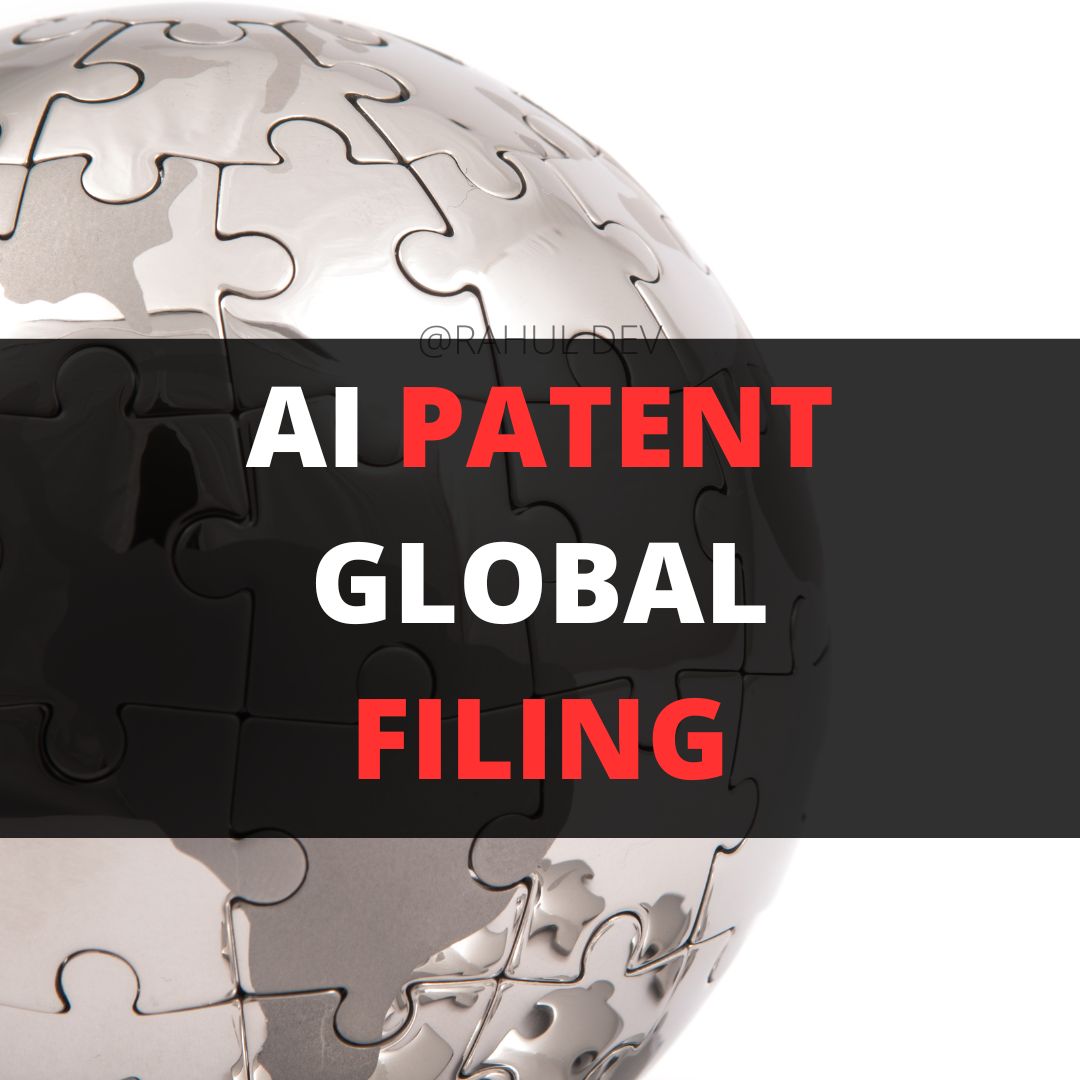CONTENTS OF APPLICATION
Application form
Section 5, 6 and 43, 44, Rule 4, 9 and 10, Form-1, 21, and Third Schedule – An application is submitted in Form-1 stating the applicant’s name, address, nationality, commodity, class, and address in India. Foreign applicants must provide an address of service in India, i.e. their Agent’s address in India and unless this address is provided, the Office shall not move forward with the application.
The Class must be indicated in the form correctly and the classes for the commodities have been established in the Third Schedule of the Designs Rules, 2001, based on the Locarno Classification. Thus, for registering a design in multiple classes an independent application must be filed for each class.
The application is signed either by the applicant or by their legal representative who must be a registered patent agent or an authorized legal practitioner. If the applicant has previously registered a design in another class, this registration along with the registration number must be cited in Form-1.
Power of Attorney
Section 43, Rule 9 and Form 21 – A Design Application is filed by an applicant through a patent agent by assigning such authority in a General Power of Attorney. The Register containing the names and addresses of registered Patent Agents is accessible at www.ipindia.nic.in.
Numerous applications are filed by agents, without power of attorney and leading to delays in the disposal of applications. Such power of attorney must be submitted within a month from the date of filing.
Priority Document
Section 44, Rule 2(d), and 15, and Form-18 – A reciprocity application is always supported with a copy of the design application documented in the Convention Country. This copy must be correctly authorized by the Official Chief or Head of the Organization in which it was documented. If the priority document was not filed with the application, it can be filed within a period of 3mos. An additional period can be pursued by filing Form-18.
Representation Sheet
Rule 11, 14, and 12a – Representation implies the precise indication of the article or commodity for which the registration is sought. A commodity’s representation sheet must be formulated diligently and filed with the application, in duplicate. The representation is prepared on a white A4 size paper (210 mm X 296.9 mm), only on one side. The figures must be positioned in an upright design on the sheet and every figure must be established clearly.
The Designs Rules mandate that 4 copies of the representation must be filed with the application. However, as the documents are processed electronically, two copies suffice. They can be identical drawings, photographs, tracings including computer graphics, or specimens of the design. The Controller may need a sample of the article to be furnished at the examination, in extraordinary cases. Photographs are added to the representation sheets and while utilizing photographs, one of the copies of the sheet is not enclosed by cellophane or tracing paper to allow digitization.
If the design is to be assigned to a set, the representation must imitate different arrangements where the design is to be applied. Where an application is for a set, the Controller determines whether the provided articles include a set or not. If the name or representation of people appears on a design, permission of such individuals must be furnished with the application. Non-submission of such permission may result in office objections and delay registration.
Where the representation includes the image or name of an imaginary individual, this fact is cited in the representation sheet. A statement of novelty and disclaimer for the mechanical action, trademark, term, word, digits must be cited on every representation sheet. Representation, which contains repeated surface patterns, must exhibit the whole pattern, and an adequate part of the repeated pattern must not be under 15cm by 10.00cm in size l.
The applicant’s name must be cited in the top-left corner of the representation sheet. The total number of sheets and individual sheet numbers must be cited in the top-right corner of the sheet in Arabic numerals. The sheet must be signed and dated by the applicant.
No sectional perspectives must be integrated into the sheet and no dimensions or symbols can be utilized in the sheet. The applicable parameter is the structure and not the size of the article. Where Trademarks, letters, or digits are not in the design, they are withdrawn from the representations.
Where they are in the design, a disclaimer is provided in the sheet disclaiming any right to their limited use. If this disclaimer is not included, it will lead to office objections and delays. No external matter will appear in the sheet and the background is deemed impartial as long as the design is visible in it.
Dotted lines can be utilized to reflect those components of the article for which no protection is pursued and they place components that are not part of the claimed design. Thus, characteristics of the design for which the protection is pursued must be expressed in solid lines in the drawing.
When a color blend is important in a design as assigned to an article, the same must be plainly described in the representation. Colors can be employed, on a black and white drawing, to emphasize certain characteristics of the design for which the protection is pursued.
Here, it must be specified in the novelty statement that the claim is limited only to the parts illustrated by coloring and the colors so provided are not components of the design. Representations must be equipped in one format. But, if the applicant desires, a representation can be provided in various formats. The applicant must consider the regulations of an Examiner to fantasize the design and differentiate the same from any possible prior art.
Classification of designs
Section 5(3), Rule 10 and 11, and Third Schedule – For registration, articles or commodities are categorized into 31 classes and a miscellaneous class 99, as interpreted in the Third Schedule. The applicable class is identified and cited in Form-1. Where there is any vagueness, the Controller has the discretion to decide the same.
When a Design Application is for multiple utilities, the petition is made with the depiction of an article in any one or more of the utilities. The class of articles is founded on the International Classification of Industrial Designs as per the Locarno Agreement. Nonetheless, India is not a party to the agreement. Ordinarily, the name of the article should be familiar in the Industry and analogous to the representation of the article.
If the name of the article is not common, the applicant may state the purpose for which the article is intended to be used, in Form-1 and representation sheet, to enable the Office to correctly decide the classification and facilitate search. An error in mentioning the article correctly may result in office objection with a resultant delay of 2-3 months.
Address for Service
Rule 4, 31, 46, and Form-22 – The applicant must provide an address for service in India in any proceeding under the Act or Rules. Any change in such address before the registration of a design shall be produced by filing a petition under Rule 46 with the applicable fee, with the Form-1.
Any change in address for a registered design is rendered through filing Form-22 with the applicable fee. The address for service is presumed as the original address of the applicant and unless an address of service is provided, the Controller cannot allow the application. The address for service must contain the e-mail of the agent of the applicant.
Fee
Rule 5 and the First Schedule – The fee paid for any issue is specified in the First Schedule of The Design Rules, 2001, and it is payable under the Rules. The same is paid either in cash, electronically, by a bank draft or cheque payable to the Controller of Designs and drawn on a scheduled bank situated in the filing location. Where a fee is due for a document, the whole fee must be provided with the document. Fees once paid are not refunded regardless of whether the trial takes place or not.
Initial Processing of Application
Once an application is received, the Office assigns a date and serial number to it, which later becomes the registration number of the design. If the design in the representation sheet cannot be visualized it is returned along with the fee. A money receipt with the application number, date, and address, is provided at the receipt counter or transmitted to the address for service.
Applications collected in Chennai, Mumbai, and Delhi Patent Offices are transmitted to Patent Office, Kolkata within a week, and all these applications are digitized and verified at the Designs Wing in Kolkata, along with their relevant documents. These digitized documents are uploaded to the server and stored for official records.







